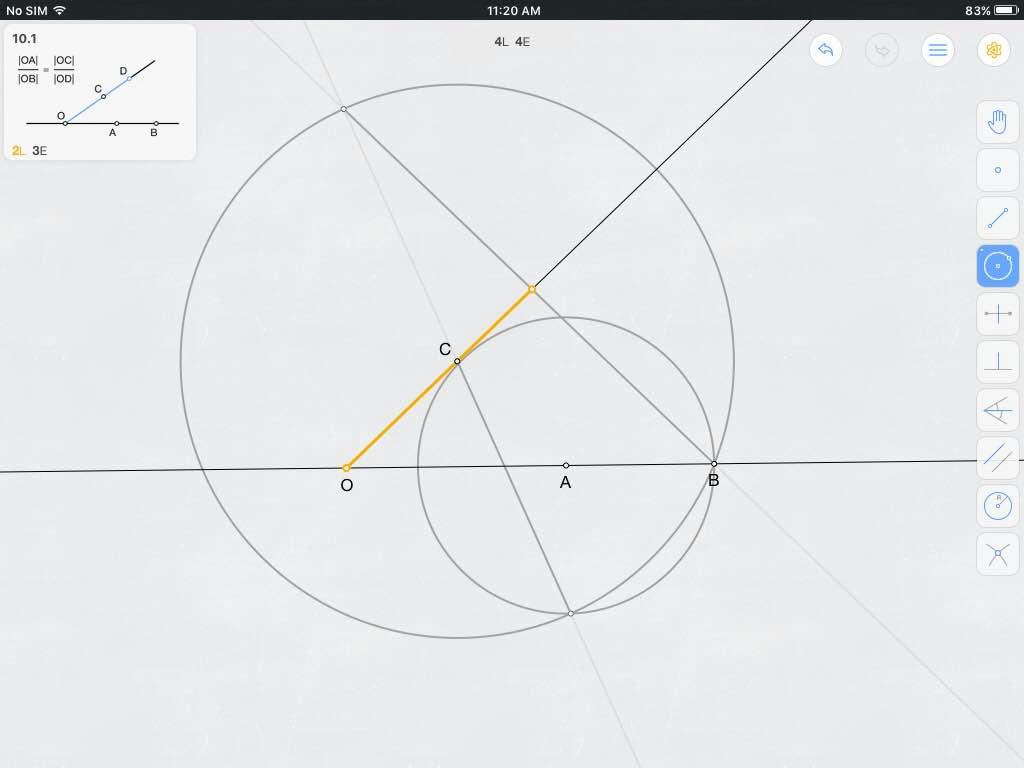
Therefore we have the lines L1 and L2 intersecting.

We have the line L crossing lines L1 and L2, and we have the angles A and B such that A + B is less than 180 degrees. This might look a little complicated, but is made a little easier with the help of the sketch above. If a line crossing two other lines makes the interior angles on the same side less than two right angles, then these two lines will meet on that side when extended far enough. The 5th however drew the attention of mathematicians for centuries – as they struggled in vain to prove it. Now the first 4 of these postulates are relatively uncontroversial in being assumed as true. However Euclid did need to make use of a small number of definitions (such as the definition of a line, point, parallel, right angle) before he could begin his first book He also needed a small number of postulates (assumptions given without proof) – such as: “(It is possible) to draw a line between 2 points” and “ All right angles are equal”
.png)
Indeed you might find it slightly depressing that you were doing nothing more than re-learn mathematics well understood over 2000 years ago!Īll of Euclid’s results were based on rigorous deductive mathematical proof – if A was true, and A implied B, then B was also true.
#Non euclidean geometry examples how to#
Anyone who studies geometry at secondary school will still be using results that directly stem from Euclid’s Elements – that angles in triangles add up to 180 degrees, that alternate angles are equal, the circle theorems, how to construct line and angle bisectors. Through his collection of books, Elements, he created the foundations of geometry as a mathematical subject.
.jpg)
They discovered non-Euclidean geometry.Įuclid’s parallel postulate (5th postulate)Įuclid was a Greek mathematician – and one of the most influential men ever to live. A mathematics where there is an absolute measure of distance, where straight lines can be curved and where angles in triangles don’t add up to 180 degrees. In the 1800s however, mathematicians including Gauss started to wonder what would happen if this assumption was false – and along the way they discovered a whole new branch of mathematics. 330-275BC) included in his geometrical proofs an assumption (postulate) about parallel lines, mathematicians had been trying to prove that this assumption was true. It wouldn’t be an exaggeration to describe the development of non-Euclidean geometry in the 19th Century as one of the most profound mathematical achievements of the last 2000 years.


 0 kommentar(er)
0 kommentar(er)
